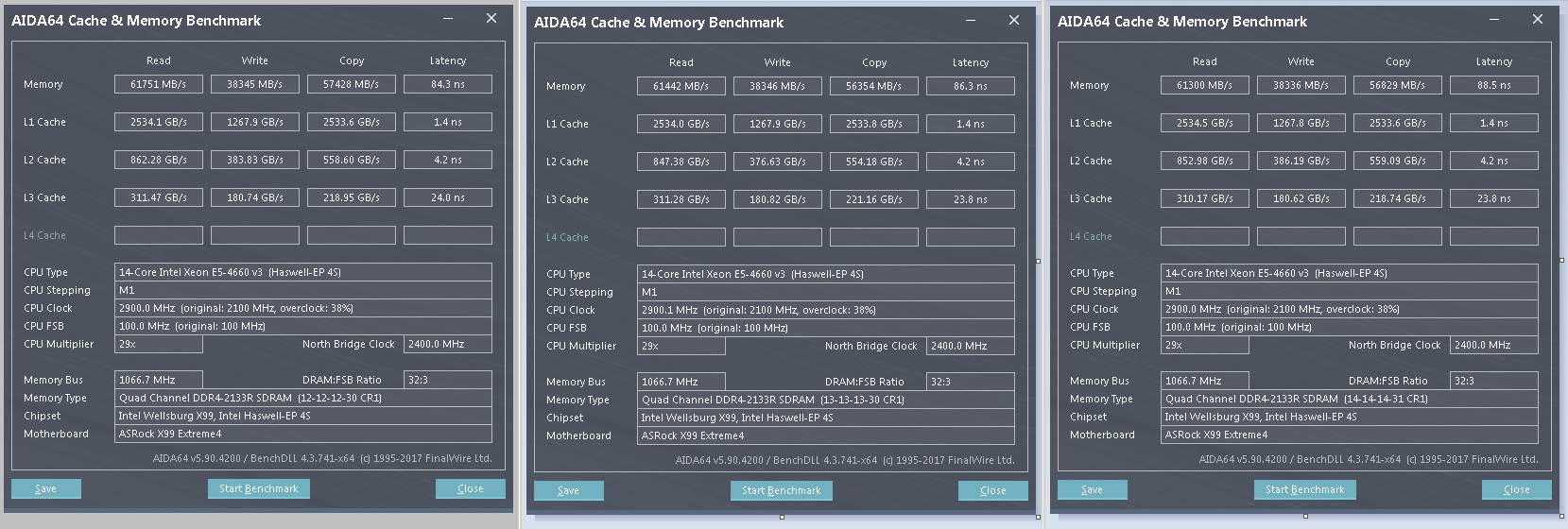5. Installing the V3.EFI driver:
(Some BIOS already incorporate the UEFI shell as part of the BIOS but if we don't have that then we can download one and put it on a FAT32 USB flash drive or other suitable boot medium and boot that.)
- Download the shell (shell.efi).
https://github.com/tianocore/edk2/tree/master/ShellBinPkg/UefiShell/X64
- Rename shell.efi to BOOTx64.EFI then create a root folder named EFI and sub folder of that named BOOT and copy the BOOTx64.EFI to there.
- Download 'V3.EFI' (V3.zip 633bytes) which can be copied to the previously formatted FAT32 USB flash drive. clear cmos and load defaults in your bios if you haven’t already.
https://www.sendspace.com/file/ck1mlr
-
Copy V3.EFI to the ROOT folder of the USB.
-
Get into the Bios, and Disable Secure Boot to be able to boot into the USB.
(Info for ASUS mobos (http://www.technorms.com/45538/disable-enable-secure-boot-asus-motherboard-uefi-bios-utility))
-
Using the BIOS boot manager (F11 during BIOS boot on Asrock, F8 on main Menu in ASUS) we select the flash drive with 'UEFI:' prefix.
- Here we press 'ESC' after shell is loaded to stop the 'startup.nsh' from running. 'startup.nsh' is similar to the old DOS '.BAT' file, just a way of automating things on shell startup.
- Our USB flash has been mounted as 'FS0:' as shown in the mapping table. Being the only USB device makes it an easy giveaway. So now we can test 'V3.EFI' which was copied earlier to the USB flash drive root by typing '
load fs0:\V3.EFI'. Hint, the TAB key can be used for auto-completion so sometimes we can save on a lot of typing. One should see '
V3 - All Turbo Set' if successful, something else if not. In this instance I've finished of with the '
exit' command which takes us back to the BIOS boot manager so we can select the 'Windows OS'. Alternatively we could have directly run Windows from the shell. For this system the Windows system partition is FS1: so being GPT typing "FS1:\EFI\Microsoft\Boot\BOOTMGFW.EFI" would do the trick.
-
If we are happy with the driver and want to keep it we can get it to automatically load by placing it on the EFI system drive.In this instance I have copied V3.EFI from the USB flash drive 'FS0:' to the EFI system boot folder on 'FS1:' 'cp fs0:\V3.EFI fs1:\EFI\Boot'. Now using the shell boot configuration command we can add it to be executed before any OS with shell command 'bcfg driver add 0 fs1:\EFI\BOOT\V3.EFI "V3 Full Turbo"'. After that type 'reset' to restart the PC as the EFI driver has not executed as yet.
6.- Boot into Windows and do the following:
- For Windows 7 - 8.1 (including their server variants) update KB3064209 must be uninstalled, in case it is found in the system. This is a microcode update, which contains microcode version 0x2E for Haswell-Ex.
- For Windows 10 meanwhile is distributed with microcode version 0x36. To remove it, file named "mcupdate_GenuineIntel.dll" found in System32 folder must be renamed so that the system no longer finds it
7.- Install vmware driver:
-
Download the VMWare tool: https://labs.vmware.com/flings/vmware-cpu-microcode-update-driver
-
Download the microcodes: version 0x27 & 0x39 microcodes for Haswell-Ex (0x306F2) in VMWare driver / Linux compatible format:
-> 0x27 microcode for best performance
-> 0x39 driver for better stability
https://1drv.ms/u/s!Ag6oE4SOsCmDhFnET3uw9wHeV4EA
- Copy the file 0x27.dat (or 0x39) to the same folder as the vmware utility and rename it to microcode.dat.
- Download & copy these files to the same folder:
microcode_amd.bin
microcode_amd_fam15h.bin
- Execute install.bat as ADMIN, to execute the script.
- Reboot
- Check with HWINFO (
https://www.hwinfo.com/)
- If your turbos are working as expected, post in the forum your result! =)
===========================================================================
Thank you so much for your quick answer. This is the specific guide I followed.
I am worried about the step 5, 6, and 7.
Excuse my lack of knowledge and hope it does not frustrate you.
So here are my concern:
1. how do I remove efi from step5?
2. should I rename back the
"mcupdate_GenuineIntel.dll" from step 6
?
3. what do I do with the VMware installed for 0x39 microcode from step7? and how do I remove it?
I really appreciate it
edit: quotes from vercety@ page9







